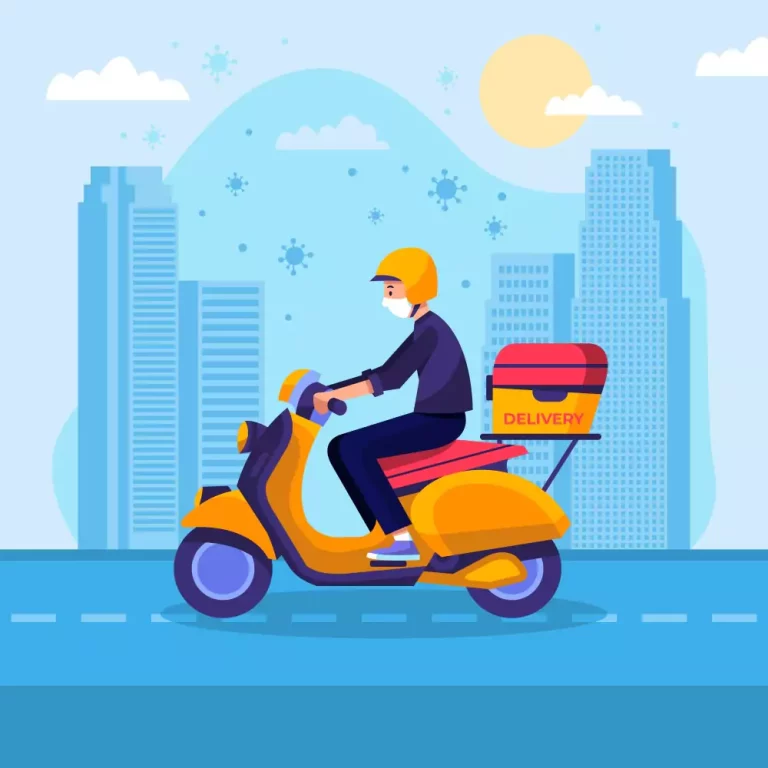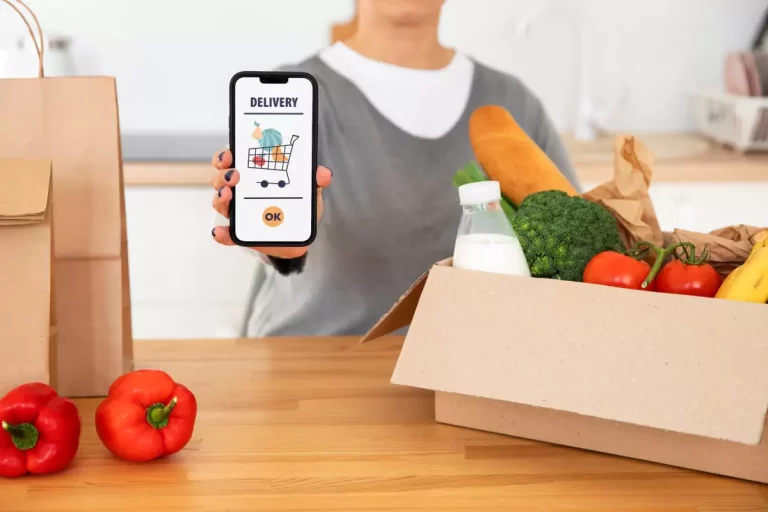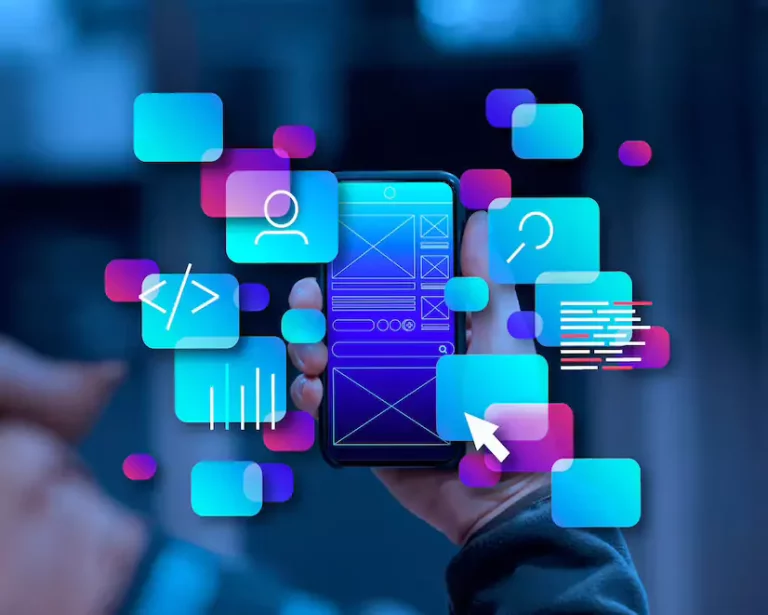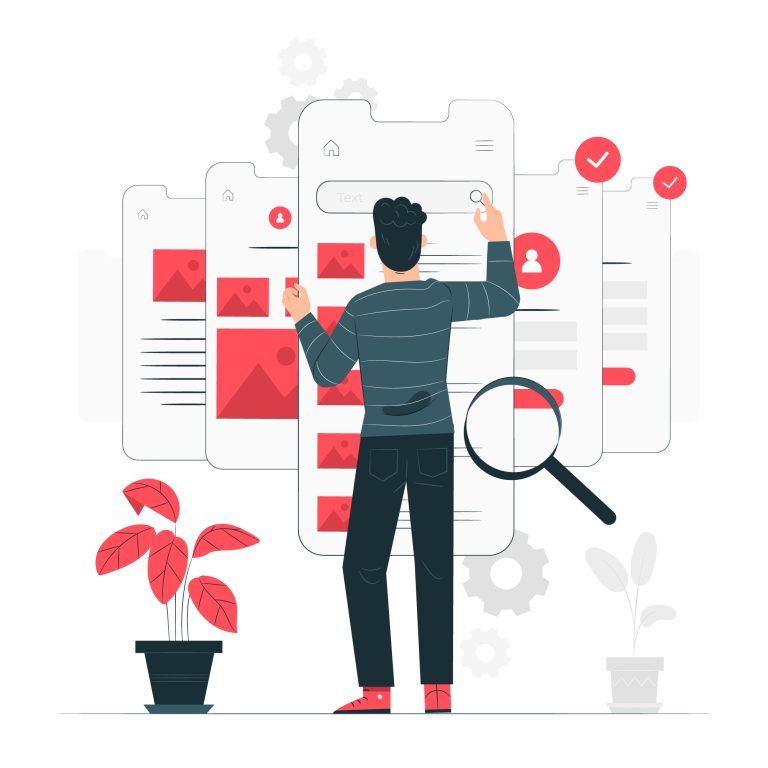In this comprehensive guide, we will walk you through the process of creating a successful food delivery app. As a leading expert in the industry, we understand the importance of delivering a high-quality app that not only meets user expectations but also ranks prominently on search engines.
So, if you’re ready to take your food delivery business to the next level, let’s dive right in!
Understanding the Market and Identifying Your Target Audience
Before embarking on your food delivery app development journey, it’s crucial to understand the market landscape and identify your target audience. Conduct thorough market research to gain insights into your competitors, industry trends, and customer preferences. By doing so, you can tailor your app to meet the specific needs of your target audience, giving you a competitive edge.
Key Features and Functionality
To create a food delivery app that stands out from the rest, you need to define key features and functionality that provide a seamless user experience. Here are some essential elements to consider:
User-friendly Interface and Navigation
A clean and intuitive user interface is paramount for engaging users and keeping them coming back. Ensure that your app is easy to navigate, with clear categories, search functionality, and appealing visuals that entice users to explore further.
Real-time Order Tracking
Incorporating real-time order tracking functionality allows users to stay updated on the progress of their orders. This feature enhances transparency and builds trust with your customers, providing them with a sense of control over their dining experience.
Secure Payment Gateway
Offering a secure and seamless payment gateway is crucial for ensuring a smooth transaction process. Integrate trusted payment gateways that support various payment methods, giving users the flexibility to pay using their preferred options.
Personalized Recommendations
Leverage the power of data analytics and machine learning algorithms to provide personalized recommendations to your users. By analyzing their preferences, order history, and browsing behavior, you can offer tailored suggestions, enhancing user satisfaction and boosting order frequency.
Seamless Restaurant Partner Onboarding
To create a successful food delivery app, it’s vital to establish strong partnerships with local restaurants. Streamline the onboarding process for restaurant partners, allowing them to easily sign up, manage their menus, and update their availability. By providing robust tools and support, you can attract a wide range of culinary establishments, offering users a diverse selection of dining options.
Implementing Efficient Order Management
Efficient order management is a critical component of a successful food delivery app. Implement features that allow restaurants to efficiently manage incoming orders, update order status, and communicate with delivery personnel. By optimizing the order management process, you can ensure timely deliveries and minimize errors, leading to enhanced customer satisfaction.
Seamless Integration with Delivery Services
To offer a seamless end-to-end experience, integrate your app with reliable delivery services. Collaborate with renowned delivery partners or consider establishing your in-house delivery fleet. By providing accurate delivery estimates and tracking, you can build trust and loyalty among your users.
Rigorous Testing and Quality Assurance
Before launching your food delivery app, invest time in rigorous testing and quality assurance. Identify and rectify any bugs, glitches, or performance issues that could hinder the user experience. Conduct beta testing with a select group of users to gather feedback and make necessary improvements. Delivering a polished and flawless app will contribute to positive reviews and higher rankings on search engines.
Keeping Up with Emerging Technologies
As the food delivery industry continues to evolve, it’s essential to stay updated with emerging technologies and industry trends. Consider incorporating innovations like voice-activated ordering, chatbot assistance, or integration with smart home devices to provide a cutting-edge experience for your users.
Marketing and Promotions
Once your app is ready to launch, it’s time to create a buzz in the market. Develop a comprehensive marketing strategy to promote your food delivery app and attract users. Here are some effective strategies to consider:
Social Media Marketing
Utilize popular social media platforms to create a strong online presence for your app. Engage with your target audience, share enticing food visuals, and run targeted ad campaigns to generate awareness and drive downloads.
Influencer Partnerships
Collaborate with food influencers and bloggers who have a significant following and influence in the culinary space. Partnering with them can help promote your app to their loyal audience, generating organic traction and credibility.
Referral Programs and Loyalty Rewards
Implement referral programs that incentivize users to invite their friends and family to use your app. Offer loyalty rewards and discounts for frequent app users to encourage retention and repeat orders.
Search Engine Optimization (SEO)
Invest in SEO strategies to ensure your app ranks high in relevant search engine results. Conduct keyword research to identify popular search terms in the food delivery industry and optimize your app’s content and metadata accordingly.
Also read: Top Food Delivery App Development Companies in New York
How to make Money from Food Delivery Apps?
There are several ways to earn money from food delivery apps. If you’re looking to monetize your food delivery app, here are some effective strategies to consider:
Commission from Restaurants:
One of the primary revenue streams for food delivery apps is earning a commission from restaurants on each order. When customers place an order through your app, you can charge a percentage or fixed fee to the restaurants for utilizing your platform and delivery services. This commission model allows you to earn a portion of each transaction.
Delivery Fees:
Implementing delivery fees is another common way to generate revenue. You can charge customers a small fee for the delivery service provided by your app. The fee can vary based on factors such as distance, order value, or peak hours. Offering different delivery options, such as standard and express delivery, can allow you to charge varying fees based on the level of service.
Surge Pricing:
During peak hours or high-demand periods, you can introduce surge pricing, also known as dynamic pricing. This strategy involves temporarily increasing the prices of menu items or applying additional fees when demand exceeds supply. Surge pricing helps balance supply and demand while maximizing revenue potential during busy periods.
Advertising and Promotions:
Collaborating with restaurants, food brands, or local businesses to display advertisements within your app can be a lucrative revenue source. You can offer advertising space, sponsored listings, or promotional banners to generate advertising revenue. Additionally, you can partner with restaurants to promote their special deals or limited-time offers, earning a fee for featuring their promotions.
In-App Purchases:
Consider incorporating in-app purchases to boost your revenue. Offer users the option to purchase premium features, such as faster delivery options, priority customer support, or exclusive rewards programs. By providing additional value-added services, you can generate extra income from users who opt for these premium features.
Subscription Model:
Introduce a subscription model where customers pay a monthly or yearly fee to access benefits like free delivery, exclusive discounts, or early access to new features. Subscriptions can provide a stable and recurring revenue stream while incentivizing customer loyalty for your apps.
Strategic Partnerships:
Explore partnerships with other service providers to expand your revenue streams. For example, you can collaborate with grocery stores, pharmacies, or convenience stores to offer on-demand delivery services for a wider range of products. By diversifying your offerings, you can tap into additional revenue sources and cater to a broader customer base.
Data Monetization:
Food delivery apps accumulate valuable customer data, such as ordering preferences, location information, and demographic data. You can anonymize and aggregate this data to derive insights and trends. By selling these insights to restaurants, marketers, or researchers, you can generate revenue from data monetization.
Conclusion
Creating a successful food delivery app requires meticulous planning, thoughtful design, and continuous adaptation to market demands. By understanding your target audience, defining key features, establishing strong partnerships, implementing efficient order management, and employing effective marketing strategies, you can develop a top-ranking app that sets you apart from the competition.
Remember, creating a standout food delivery app is an ongoing process. Continuously gather user feedback, analyze app performance, and make necessary improvements to ensure a seamless user experience and maintain your position at the forefront of the industry.





